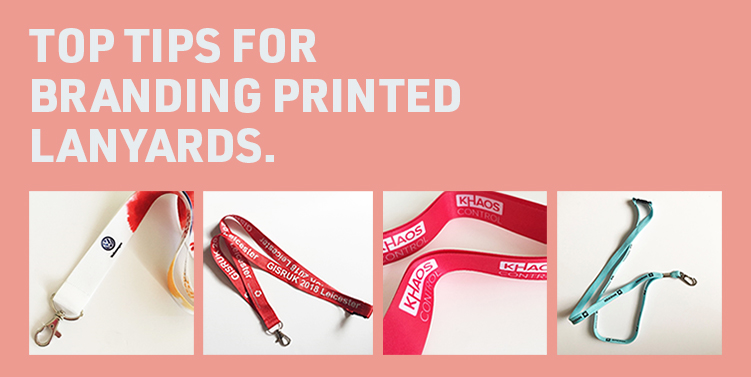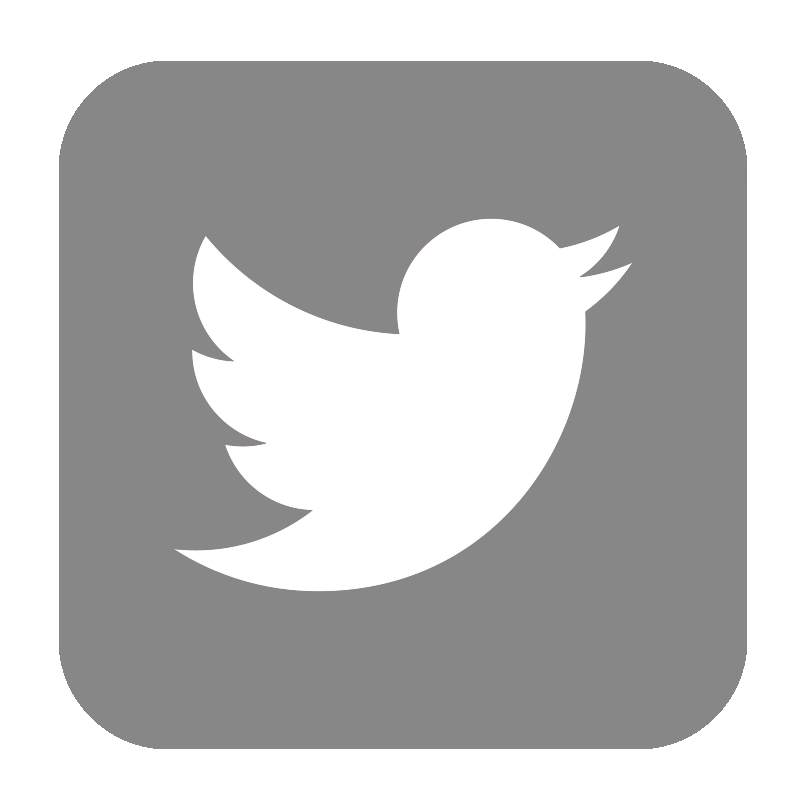
1. Creativity
Whether you’re trying to attract visitors to the event, or it’s the day of the event and they’ve arrived, your branding needs to be big and creative. You will most likely be competing with a lot of other distractions for the attention of visitors, so you need to go above and beyond to catch their eye. Doing things a little differently will give your event the best chance of being successful. We prefer to go for a bold full colour lanyard when trying to stand out from the crowd.
2. Design and Logo's
When branding your lanyards, you want to ensure your brand is seen from far away, and can catch the eyes of others. We have noticed over time that by ensuring your lanyard is 2cm width, it will be a good enough size to accommodate any brand logo that needs to be printed onto the lanyard. We normally would recommend to go for a 1 colour printed logo if it was to go on a full colour printed background.
3. Social Media
Every event organiser should know the basics of social media. Social media gives you the tools to brand your event in a creative and engaging way and share what your brand is getting up to. By having a consistent, unique hashtag is a good way of creating a conversation online and getting your event to trend online.A social media prop is a great way to populate your hashtag and get others using it on their social platforms.
4. Staff Clothing
Provide branded or personalised clothing for your staff and volunteers to wear and they become walking adverts. This can give your event a strong identity and help it to stand out from the competition. If staff are wearing a uniform, they’ll be instantly recognisable for visitors, ensuring any issues or queries are dealt with quickly. A uniform is practical and creates a sense of staff unity as they’re all on the same team. Many events and festivals opt for wristbands in the place of tickets. Wristbands are a great choice because people like to collect and wear them for months afterwards. Using them for staff and visitors allows you to promote your event well into the future. Be bold and creative when it comes to branding your event, but don’t forget the basics like staff clothing and banners. Whatever size or scale the event is, branding is a vital step if it’s going to be a huge success.
Where do Lanyards come from?
The word lanyard comes from the French word “laniere” which means strap or thong. Though we are used to seeing some pretty fancy lanyards today, the first ever lanyards were made from simple straps made of rope or cord that was found aboard the ship and tied around a pistol, sword or whistle. The military wear lanyards on the shoulders of their uniforms, these show the observer the qualification or regimental affiliation by having differing colour combinations and braiding patterns. In horse regiments, lanyards were worn on the left, enabling a rider to pull a whistle from the left tunic pocket and maintain communication with his troop. Soldiers in the British Royal Artillery wear a lanyard which originally held a key for adjusting the fuses of explosive shells. Many Lanyards nowadays are made for the workplace to identify a job role, or staff member. More often than not, the strap that is worn around the neck to carry items such as keys or identification cards.
Lanyard Clipping Attachments:
Each lanyard comes with a fitting for attaching an id card etc. such as a metal swivel J hook, a wide metal alloy thumb hook, a crocodile clip, a plastic mobile phone strap or a retractable reel. For Health and Safety in the workplace a safety break is added to avoid tightening of the lanyard around the neck. It is possible to have 3 safety breaks, should the nature of the use deem it necessary.
At Extravaganza our team can supply you with a range of lanyards in different materials, colours and styles.
Our flat polyester lanyards are a hard-wearing lanyard and are ideally made for one or two logo colours. The print on these lanyards is normally heat transferred.
Check out our lanyards here and contact us by phone or email.
.png)

























.png)




